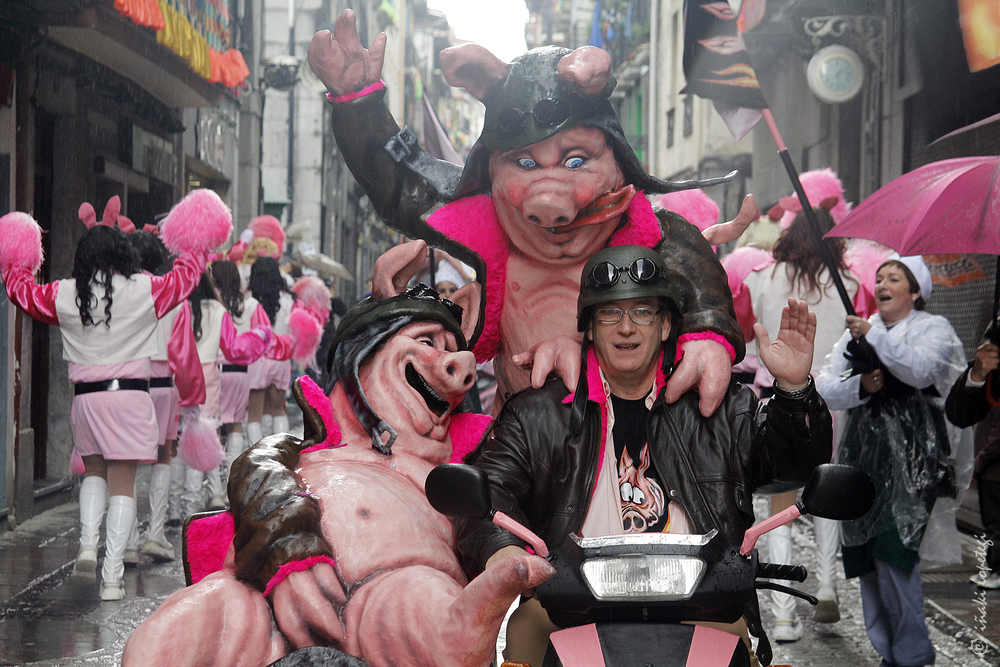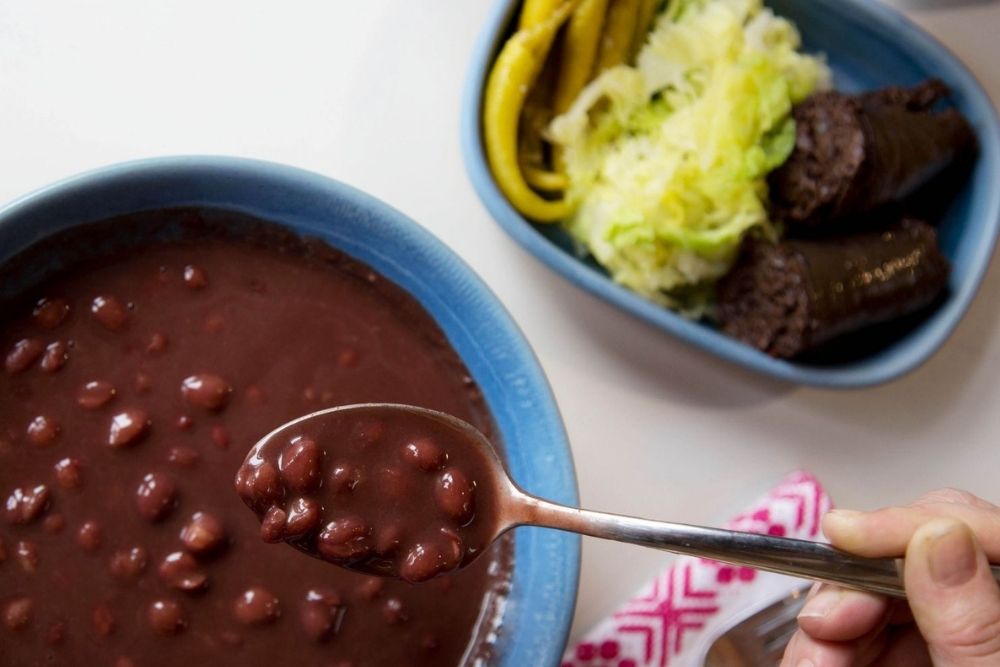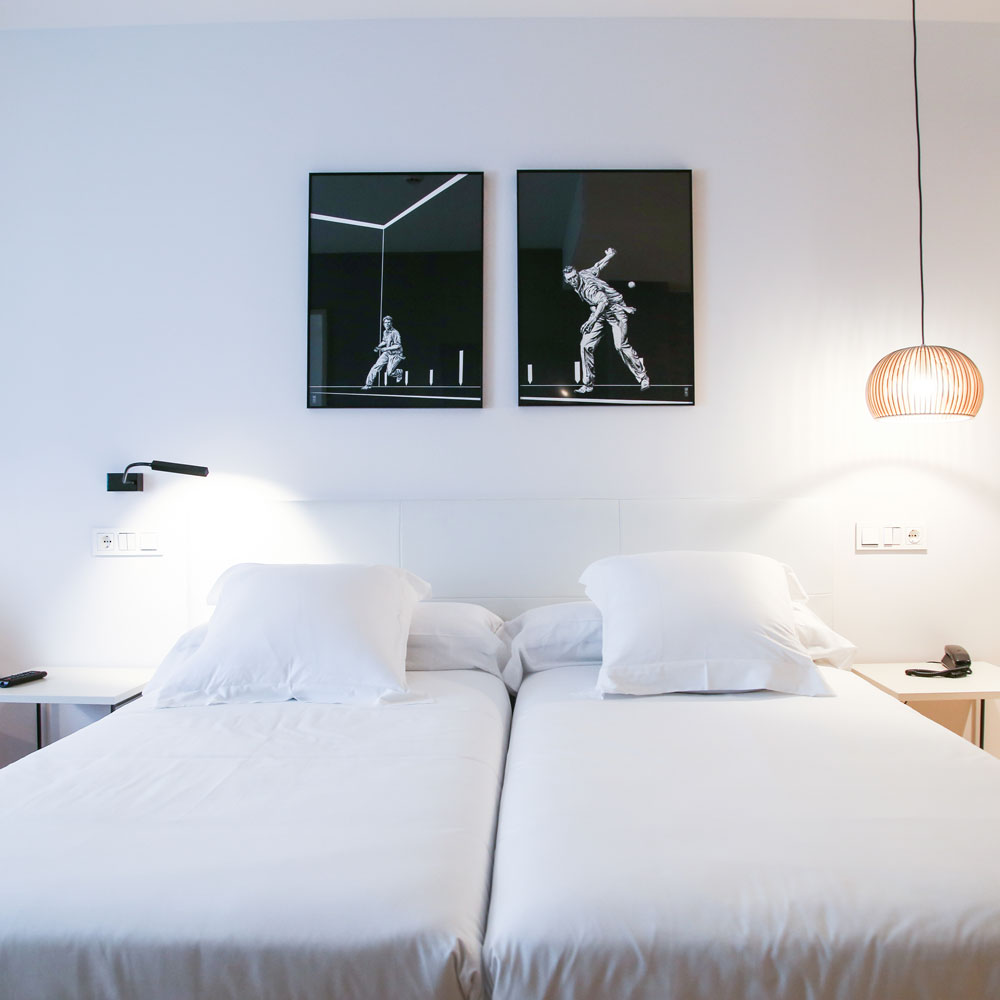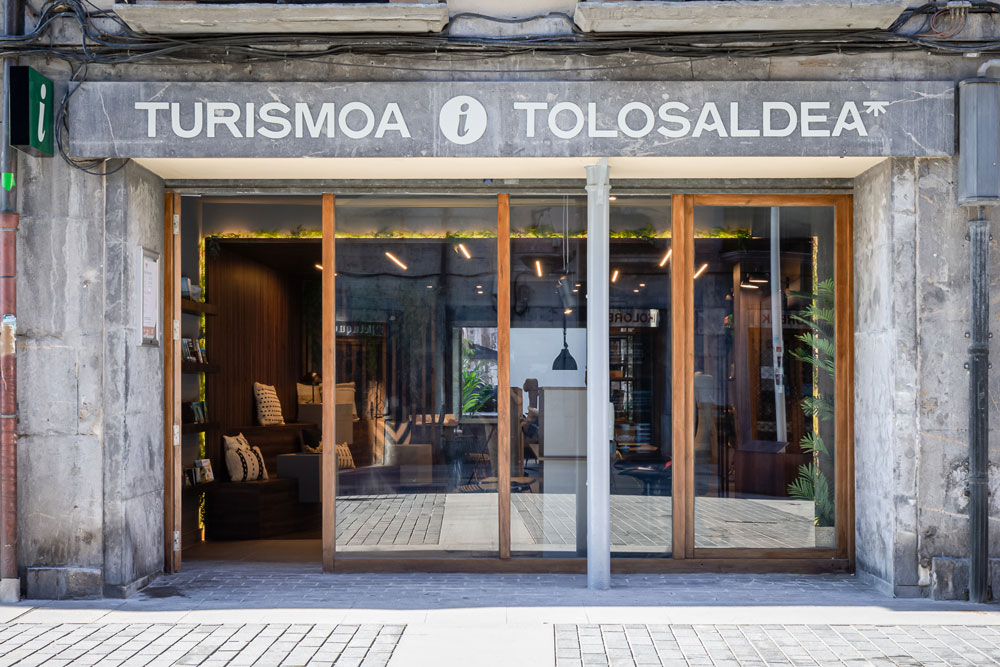Amasa-Villabona facts
Population
5.826 inhabitants
Festivities
Santiago, 25th July
An important crossroad
Amasa-Villabona is located halfway between Tolosa and St. Sebastian, on Aiztondo valley neighbouring Zizurkil, Aduna, Asteasu and Larraul. A place to deepen Basque culture and taste inland txakoli, along with other traditional dishes from the local gastronomy.
Other points
of interest
Amasaneighbourhood
One can conclude that Villabona originated at the older Amasa, nowadays a neighbourhood of the village, on top of a hill. Rural area, with San Martin de Tours chuch (16th-17th century), and Santa Cruz chapel, which was the area’s first parish and from where there’s a lovely view of the whole valley.
Rebotesquare
Rebote is a type of Basque pelota, which is played in an open square. It is still played nowadays at the square in Villabona, althought there used to be a bigger tradition in the past. On both sides on the squre the walls or frontis are located, reason why the windows in the buildings there are protected. In the middle of the square we find the town hall, Neoclassical style building from the 19th century, with a large Barroque style coat of arms of the village.
Zubimusubridge
Bridge connecting Villabona and Zizurkil. First mentioned in 1554, but the first graphic proof is from 1782. Originally built in masonry with three arches, nowadays only the central one exists, after being remodelled.
EtxeondoandSubijanahouses
The majestic Etxe Ondo ancestra home used to be surrounded by farming grounds, nowadays only a picnic area on the back side remains. Basque contemporary artist Vicente Ameztoy used to live here. 19th century Subijana house on the other hand housed weaving workshops. It currently is a centre for Basque culture, mainly bertsolarism.
SagradoCorazonchurch
The church, with the name of Sagrado Corazon de Jesus, was built over an older Nuestra Señora de la Piedad chapel, from the 20th century.
Anarrowhousethatwelcomesus
At the entrance, coming from St. Sebastian, there’s an old house which stands out due to its narrowness. On the main facade it still has the tiled sign that announced the entrance to the village: Villabona.
Theverycharmingformertank
Restored in 2010 and converted into a cultural centre. In the 1960s it was used as water tank by the Subijana factory workers. Made of brick arches, it has a size of around 100m2. Located on the path along the river. In this same path we can find a cobble stoned space where stone dragging by oxes would take place.
LasturandKomizarrecreationalareas
In Vilabona’s most rural area, leaving from Amasa’s square, we can get to two picnic areas: Lastur and Komizar. In the last one on 1st May a celebration takes place, being the day when animals are taken to pasture.
Latest on
Amasa-Villabona.
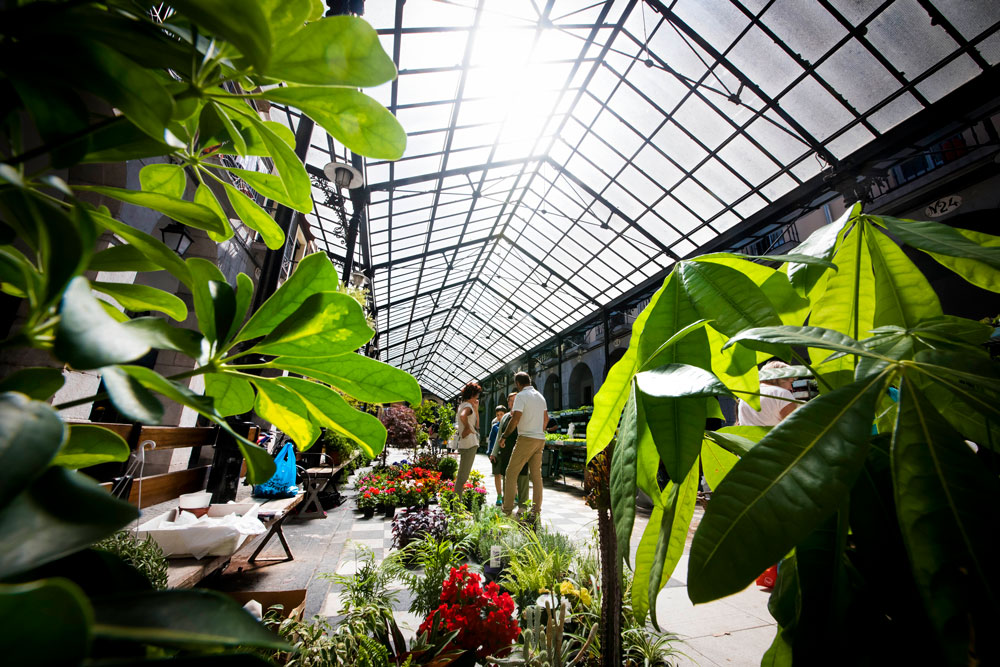
Your Easter holidays
Read article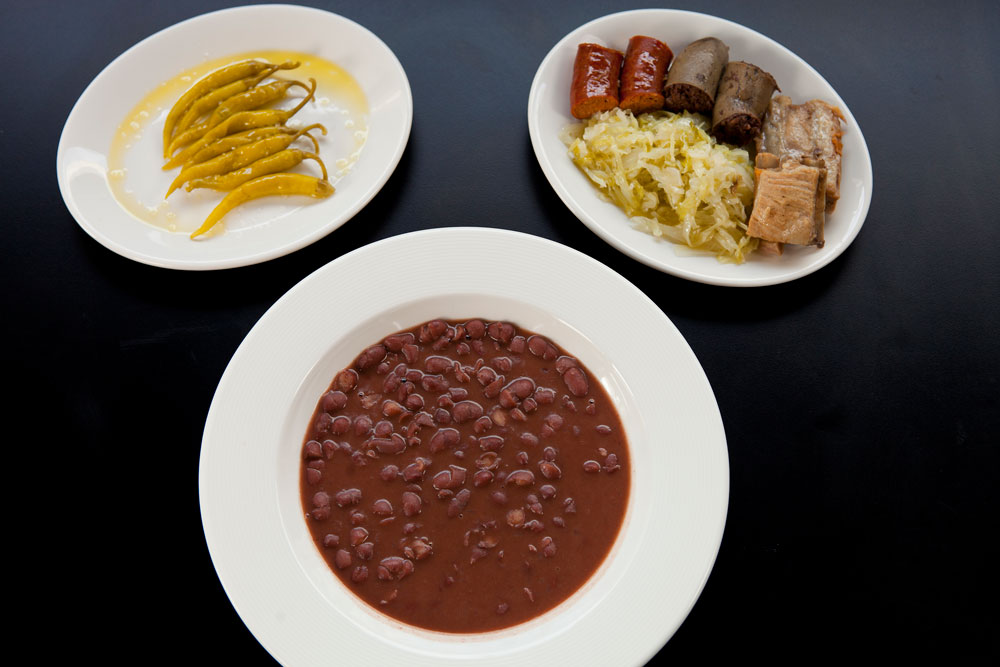
Where to eat Tolosa´s Beans
Read article